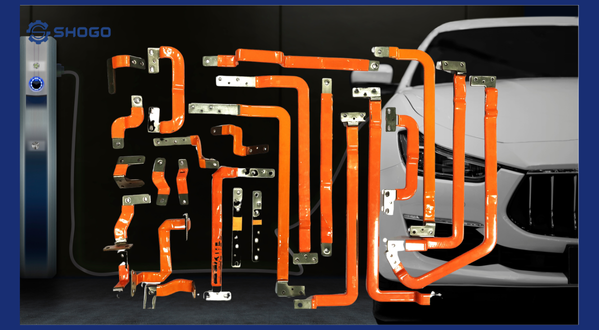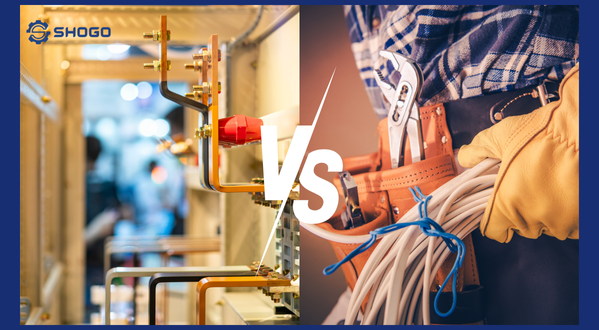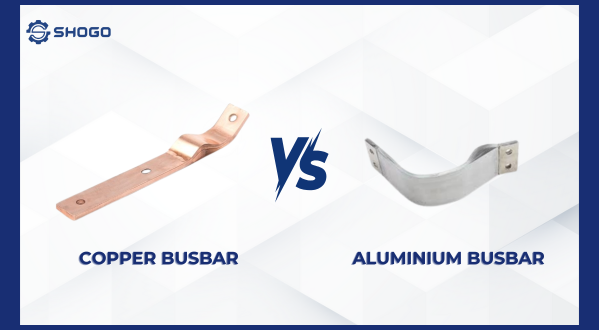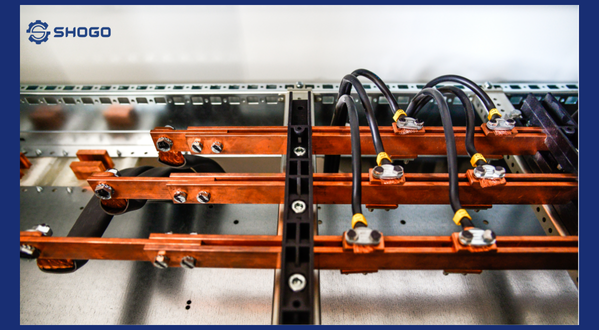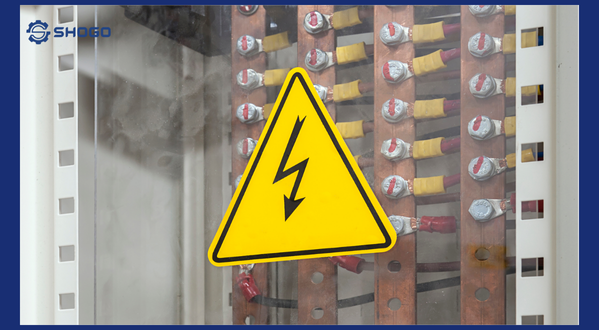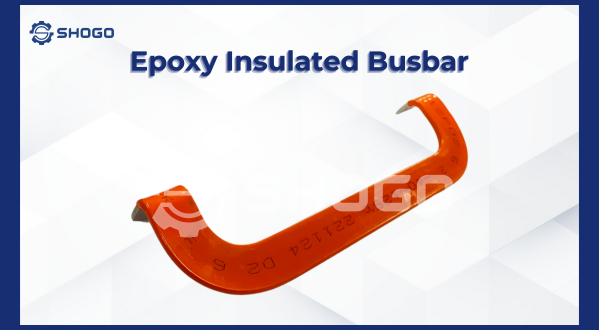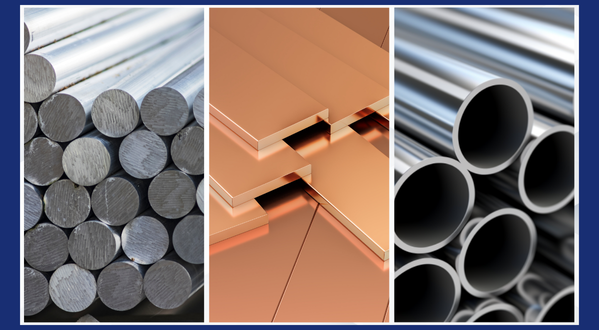
Introduce
Busbars, or conductive busbars, are an indispensable component in electrical systems. They act as “highways” for electricity, distributing energy from the source to the consuming loads. With large current density and continuous operation, busbars must ensure high reliability and stable performance.
The quality of busbar materials is the leading factor determining their performance. A busbar made from poor quality materials not only causes significant energy loss but also has the potential to cause serious problems such as overheating, fire and explosion, affecting the entire electrical system.
In this article, we will learn about the important physical and chemical properties of materials used to make busbars and how they affect technical parameters such as conductivity, heat resistance, and mechanical strength. From there, recommendations are made on the selection of suitable materials and measures to ensure the quality of busbars, in order to improve the efficiency and reliability of the electrical system.
Types of materials used to make busbars
Choosing the right material for busbars is extremely important, directly affecting the performance and durability of the system.
Below are some common materials used to produce busbars along with their advantages, disadvantages and applications.
1. Copper
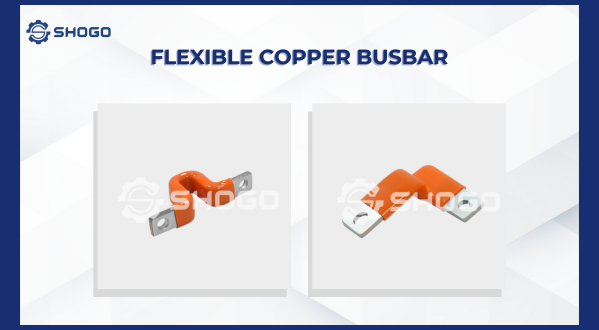
Advantages:
- High conductivity: Copper has the highest conductivity among common metals, helping to minimize energy loss due to heat.
- Good heat resistance: Copper has a high melting point, can withstand high working temperatures without deformation.
- Easy to process: Copper is soft, flexible, easy to cut, convenient for manufacturing different busbar shapes.
Disadvantages:
- High cost: Copper is a metal with a relatively high cost compared to other metals.
- Easily oxidized: When exposed to air, the copper surface is easily oxidized, reducing electrical conductivity.
Application:
- Electrical systems requiring high conductivity: Copper busbars are widely used in industrial electrical systems, where the requirements for transmitting large currents and minimizing energy loss are very high.
- Electrical equipment with high current density: Copper busbar is used in electrical equipment with high current density such as electrical cabinets, transformers, generators.
2. Aluminum
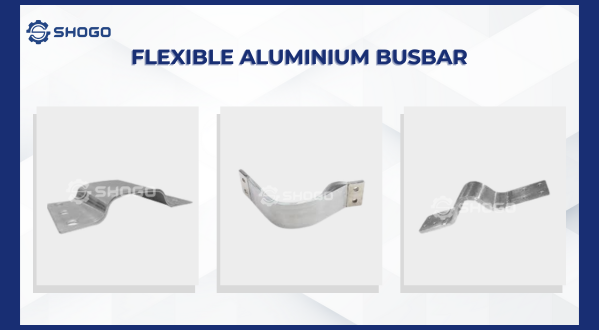
Advantages:
- Light weight: Aluminum has a lower density than copper, helping to reduce the load on the system.
- Low cost: Aluminum is cheaper than copper, suitable for applications that do not require too high conductivity.
- Good corrosion resistance: Aluminum has a protective oxide layer on the surface, helping to increase corrosion resistance.
Disadvantages:
- Lower conductivity than copper: Aluminum’s conductivity is only about 60% of that of copper.
- Easily softened at high temperatures: At high temperatures, aluminum is easily softened and deformed, affecting mechanical strength.
Application:
- Civil electrical systems: Aluminum busbar is widely used in civil electrical systems, where the requirement for conductivity is not too high.
- Medium and low voltage electrical systems: Aluminum busbars are used in medium and low voltage electrical systems, especially in cases where light weight is required.
3. Alloys
Advantages:
- Combining good properties: Alloys such as brass and aluminum alloys often combine the good properties of both copper and aluminum, such as high strength, good corrosion resistance, and ease of machining.
Disadvantages:
- Higher cost: Alloys are often more expensive than pure copper and aluminum.
Applications:
- Harsh working conditions: Alloys are used in harsh working conditions, requiring high strength, good corrosion resistance, and high temperature resistance.
- Special applications: Alloys can be used for special applications, requiring specific physical and chemical properties.
To ensure the quality and efficiency of the busbar, we should:
- Select suitable materials: Consider factors such as current density, working temperature, working environment, cost to choose the most suitable material for each application.
- Control material quality: Ensure input materials meet technical standards for chemical composition, purity, mechanical strength.
- Reasonable design: Busbar design needs to ensure mechanical, thermal, electrical requirements, while optimizing size and shape to minimize energy loss.
- Precise manufacturing: The busbar manufacturing process needs to comply with strict technological processes, ensuring technical parameters on size and surface accuracy.
- Proper installation: Busbar needs to be installed properly, ensuring good electrical connections, avoiding overheating and vibration.
- Periodic maintenance: Perform periodic inspection and maintenance to promptly detect and repair damage, ensuring the busbar always operates stably.
Conclusion
Through this article, we have learned about the types of materials commonly used to produce busbars, as well as the advantages, disadvantages and applications of each type. Copper, aluminum and alloys are popular materials, each with its own unique properties, suitable for different applications.
Material quality is the leading factor determining the performance and durability of busbars. Choosing and using busbars properly will contribute to ensuring the stability and safety of the electrical system.





